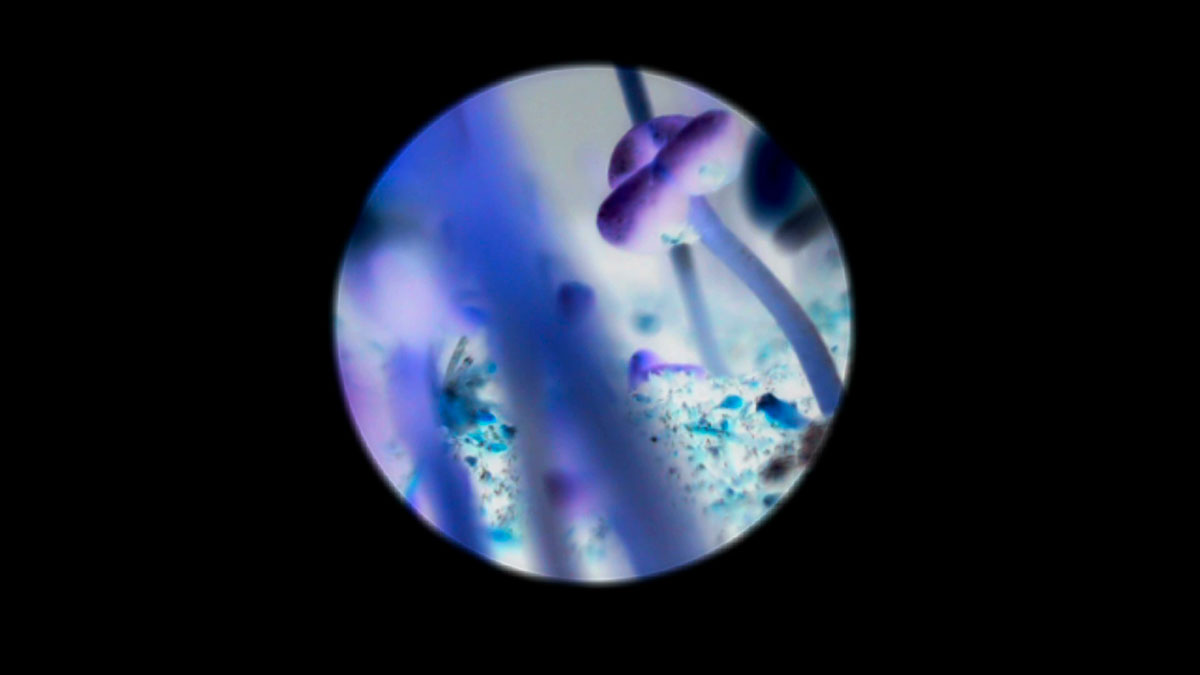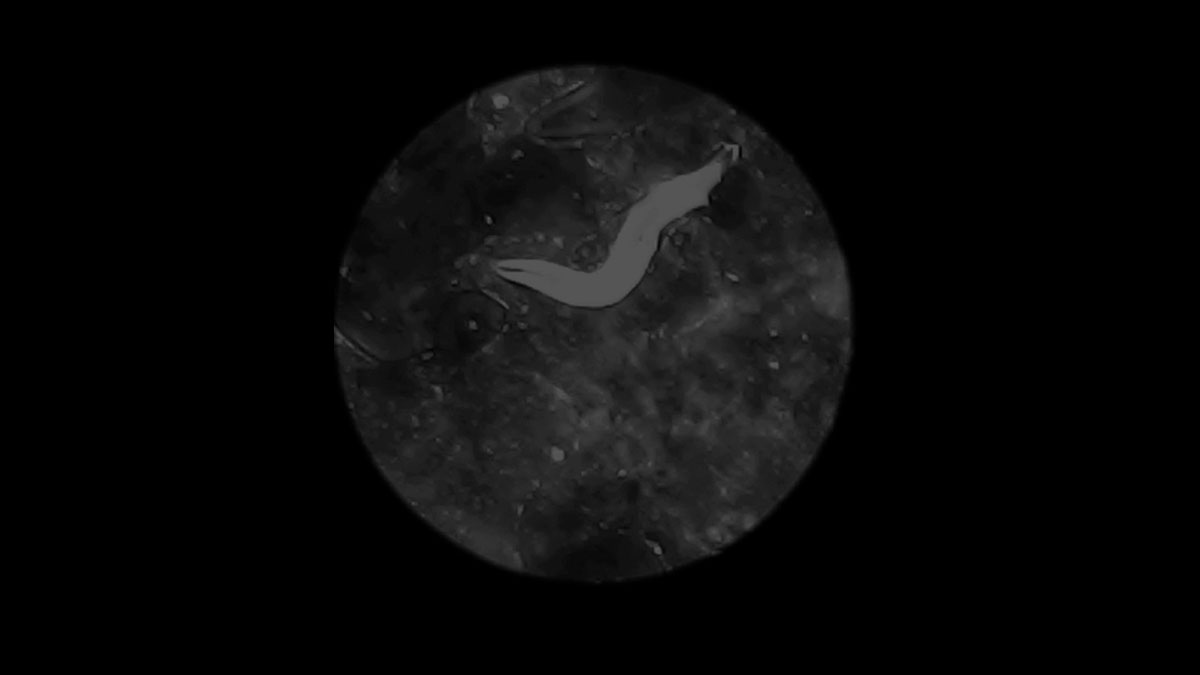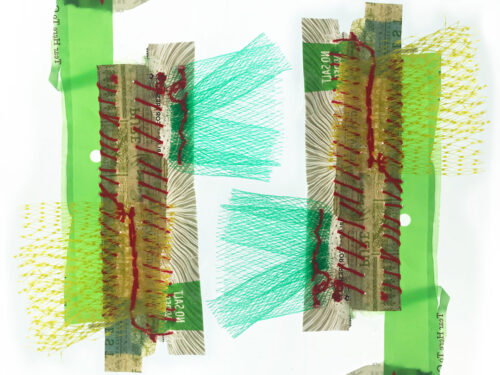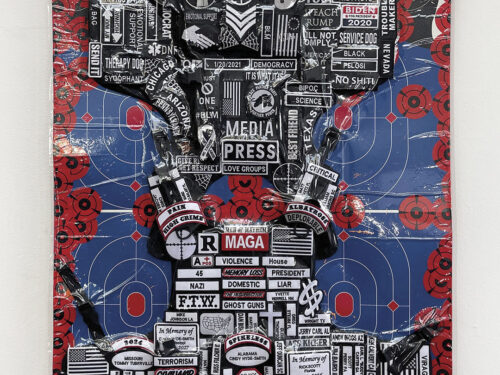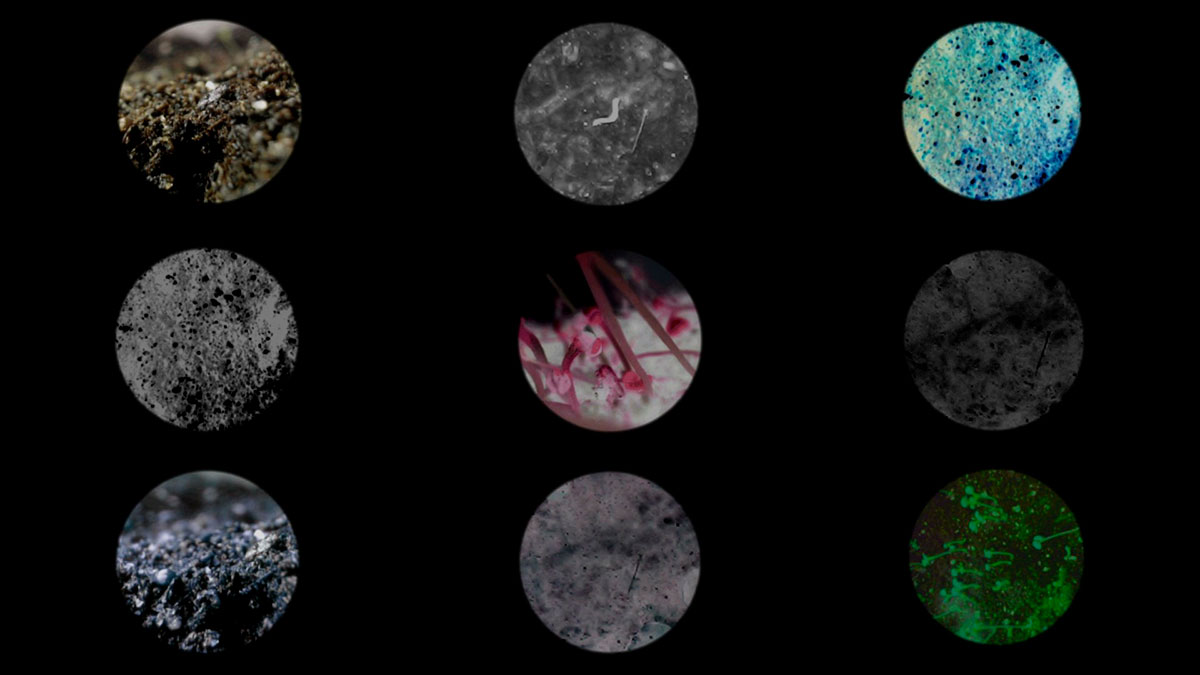
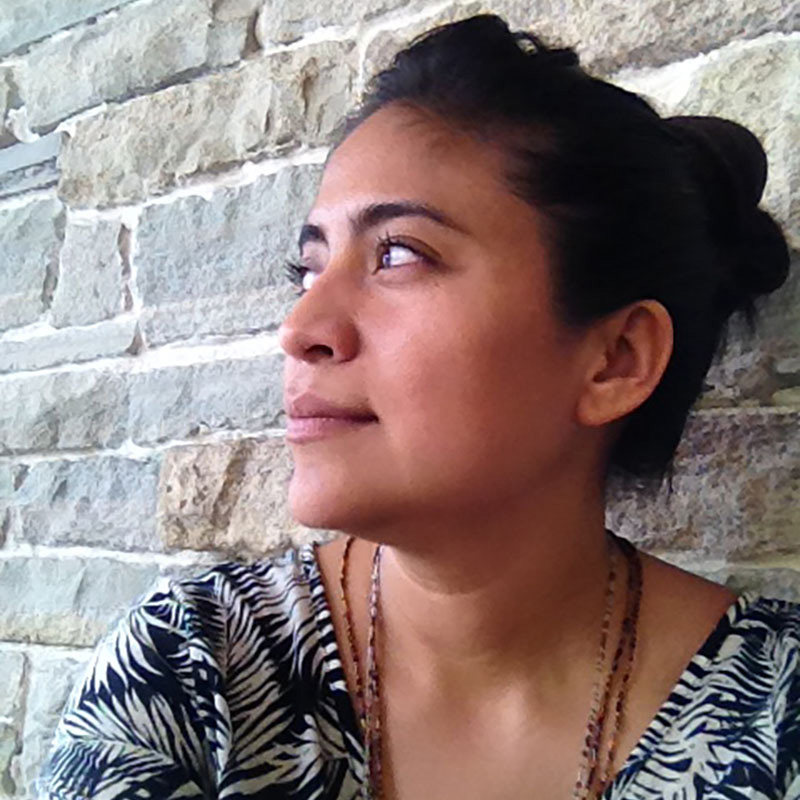
The art of the R’s
It is not enough to think just in the R’s as REDUCE, REUSE, RECYCLE for taking care of the planet, we should make an extra step and include REFUSE, REPAIR, REPURPOSE, and ROT.
But if we really want to make a change, we have to go further and RETHINK, REMEMBER, RESPECT, RELATE, REMEDIATE, REGENERATE…
About Maru
Maru García is a transdisciplinary artist and researcher working across art + science + environment. Her methodology includes both the social and hard sciences, combining a versatile laboratory and fieldwork from her background in plant chemistry and the chemical industry. Her use of media includes research, installations, performance, sculpture, and video, usually with the presence of some kind of organic matter to help understand the biological processes occurring in complex systems.
Her areas of interest are explorations on biosystems, interspecies relationships, and the capacity of living organisms (including humans) to act as remediators in contaminated sites. Her work highlights the importance of eco-aesthetics, where relationships and community are proposed as a way of building a sustainable culture. At the same time, she questions the ways science and technology have influenced the relationship between humans within the natural world.
Since 2017, Maru has collaborated with the Art-Sci Center and Counterforce Lab at UCLA. She has participated in conferences, solo and group exhibitions in Mexico, the US, and Spain. She was an artist in residence in the National Center of Genetic Resources in Mexico and received awards from Los Angeles Sustainability Collaborative, Clifton Webb Scholarship for the Arts, and Fundación Jumex. She worked at the Getty Research Institute in the 2019-2020 Scholar program titled “Art and Ecology”. She is a 2020 Sci-Art Ambassador for Supercollider.
She is based in LA and holds an MFA in Design & Media Arts (UCLA), M.S. in Biotechnology and B.S. in Chemistry (Tecnologico de Monterrey, Mexico).
“RE-MEDIA+ion 2 talks about the possibility of bioremediation of lead-contaminated soil. This can be obtained by the use of a biosystem that includes humans, plants, fungi, and fish. Plants and fungi act as stabilizers absorbing and containing the lead in the root system. This avoids the propagation of the contaminant in the air. Fish contribute by providing a source of phosphorus (present in their bones), which transforms the lead in a non-harmful chemical structure, and puts it back to the ground. Humans introduce this technology to the contaminated sites, reducing their car dependency, and re-thinking the systems responsible for the contamination in the first place..”
– Maru Garcia
marugfierro.com
instagram.com/marugfe
On display for one week beginning 2.19.21
Helms Design Center at 8745 Washington Boulevard
All artwork is copyrighted work of the artist. All rights reserved. Images not to be used without permission.


